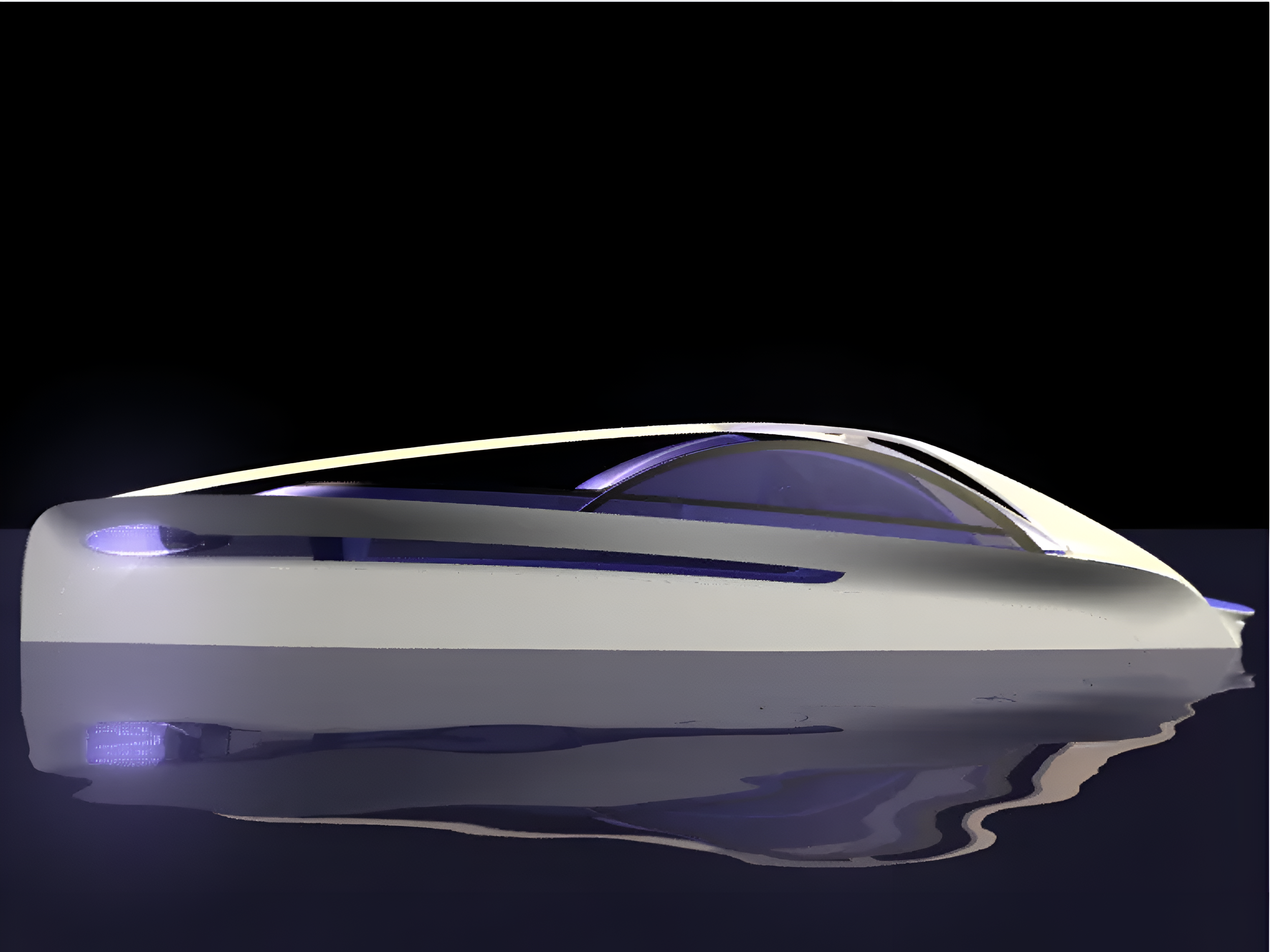Yacht Designs by Mega EV
Yacht Design: Features & Specifications
Modern yachts have undergone significant evolution over the past few decades, transforming from simple sailing vessels into luxurious, highly sophisticated marine platforms. Typically starting at around 25 meters (82 ft) in length, today’s charter yachts can extend up to 90 meters (295 ft) or more, offering exceptional performance, comfort, and style.
Luxury & Technology Integration
Contemporary yachts—especially those over 40 meters (130 ft)—are equipped with virtually every modern convenience, including air conditioning, entertainment systems, internet connectivity, and smart control interfaces. Advanced automation systems allow for centralized and even remote control of key functions, such as sail adjustments using computer-controlled electric winches, dramatically reducing the need for large crews.
Power & Electrical Systems
The use of electric and electronic systems on yachts has expanded rapidly. Just two decades ago, features like electric lighting and GPS navigation were limited to larger yachts. Today, even mid-size yachts (around 7–10 meters / 23–33 ft) commonly include:
Electric lighting
VHF radios and navigation systems (GPS, chartplotters)
Pressurized hot water systems
Refrigeration
Radar, echo-sounders, and autopilot systems
To support these systems, auxiliary engines now double as power generators, using alternators to charge onboard batteries. For extended voyages, renewable power sources such as wind, solar, and water generators are increasingly integrated for sustainable, off-grid cruising.
Hull Construction Materials
While traditional wood and steel yachts are still in production, modern materials offer lighter weight, greater strength, and improved performance. Today’s most commonly used yacht hull materials include:
Fiberglass (GRP) – lightweight, durable, and cost-effective
Aluminum – strong and corrosion-resistant, ideal for performance yachts
Steel – used for larger, heavy-duty yachts
Carbon Fiber – ultra-light and extremely strong, ideal for racing yachts
Ferrocement – used in custom or budget-conscious builds
These advanced materials, combined with modern production techniques and modular construction, have significantly lowered costs and improved build efficiency—paving the way for the wider availability of luxury yachts.

